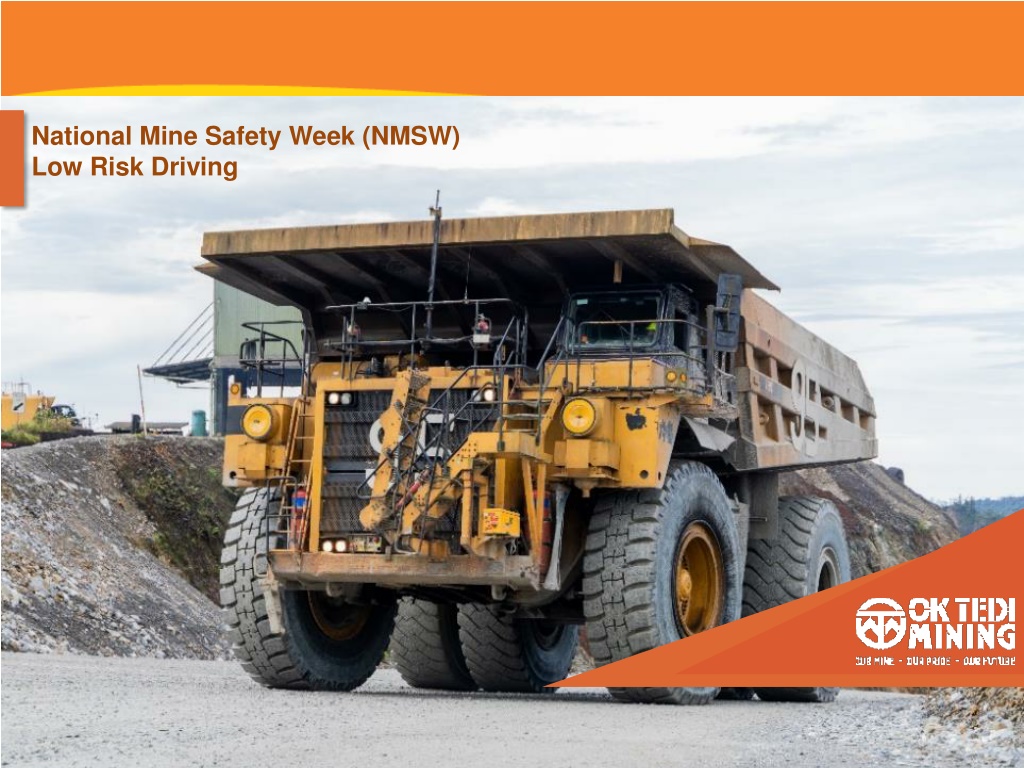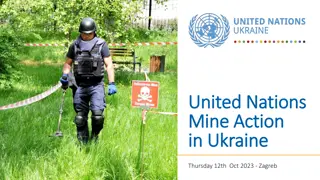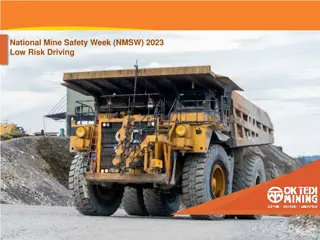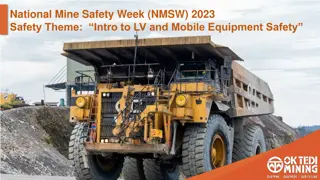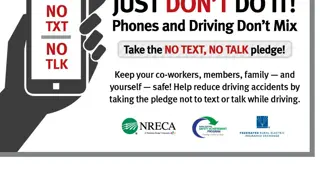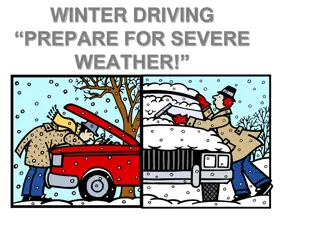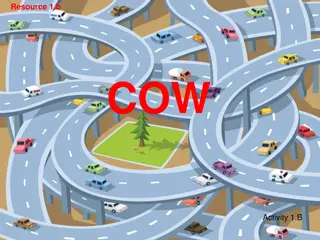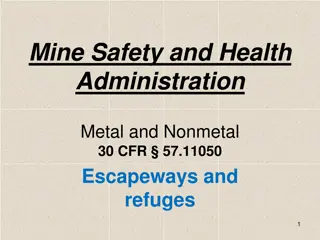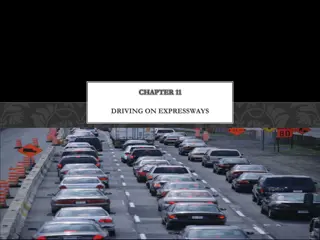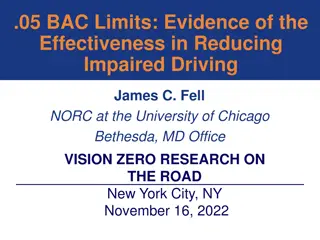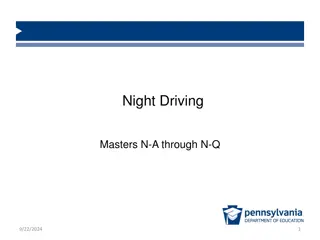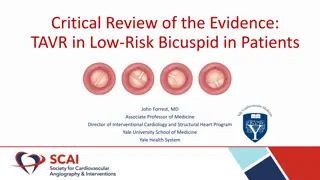Low Risk Driving Techniques for National Mine Safety Week
Learn essential low-risk driving techniques to ensure safety while operating mobile plant and equipment during National Mine Safety Week. Understand correct steering techniques, basic driving practices, observation skills, following distances, speed limits, and adapting to road conditions to minimize risks. Stay informed and proactive for a safe mining environment.
Download Presentation

Please find below an Image/Link to download the presentation.
The content on the website is provided AS IS for your information and personal use only. It may not be sold, licensed, or shared on other websites without obtaining consent from the author. Download presentation by click this link. If you encounter any issues during the download, it is possible that the publisher has removed the file from their server.
E N D
Presentation Transcript
National Mine Safety Week (NMSW) Low Risk Driving Mobile Plant and Equipment
Correct Steering Techniques Steering is one of the most important elements of driving, consider the following: Look well ahead Gentle Grip Only steer when moving Both hands on the wheel Adjust the Wheel
Basic driving techniques Before going down a hill Reduce speed and select the correct gear before beginning the descent. The gear should be low enough to slow the vehicle without the constant use of brakes. Braking going down hills Brake failure can be prevented by good driving techniques. Going up hills Shift down early to prevent engine lugging (shuddering or excessive vibration in the engine).
Low Risk Driving Observation The key to good observation is scanning Here is a summary of a good scanning routine: Scan up to 12 seconds ahead Check your mirrors every 8 - 10 seconds Check your blind spots using your mirrors 12 Seconds
Low Risk Driving Following another vehicle Keep 2-4 seconds behind the vehicle in front Allows more time to stop Gives you more time to move 4 Seconds
Low Risk Driving Speed limits Drive at a speed that is within the speed limit and that will allow you to react and completely stop within the distance you can see is clear. Road warning signs Warning signs let you know that road changes are coming up on your drive. These can be permanent or temporary traffic hazards and obstacles.
Low Risk Driving Change in the road direction ahead These warning signs let you know the road is going to change direction. You should drive with caution within the speed limit and follow the conditions of the road. Driving in wet conditions Wet roads reduce tyre grip and can result in loss of control. Drive at a speed that allows you to brake gradually and stop within the distance you can see.
Low Risk Driving Road and lane positioning Position your vehicle to maximise the distance from hazards (also called buffering) Driving on Gravel Roads When driving on gravel roads or site roads give yourself more time to react, e.g. extend the 2 second rule to a 6 second rule and leave more distance between you and other vehicles. Know your tyres and be aware of reduced traction.
Wopa Stopper The idea and design behind the Wopa Stopper is to catch the vehicle when there is brake failure. If you are not in control of the vehicle and have no other options available, then steer directly into the Wopa Stopper.
